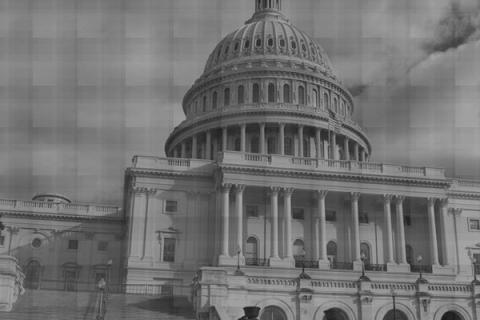Is it merely a coincidence that every time the government steps in to make something more affordable and more readily available, that very thing becomes more and more expensive over time (and usually diminishes in quality too)? It's a story we've seen repeated again and again, especially throughout recent American history.
For decades now, the federal government has been in the business of attempting to regulate, subsidize, and decrease the prices of things like housing, higher education, and energy, but their prices have only gone steadily upward following Washington's involvement, and their quality has arguably declined. Why?
Remember the housing bubble? Starting in the 1970s and ramping up to a fever pitch during the 1990s, the government wanted to make houses more available and affordable to every American. The creation of Fannie Mae and Freddie Mac played a major role in this effort. The Federal Reserve also held down interest rates artificially to make it easy to borrow money to finance a house. Other government policies and regulations strong-armed banks into sub-prime mortgage lending practices and many banks went along for the ride, knowing they could make an easy profit and resort to the taxpayer for bailouts if it didn't work out.
We all know that in the end, housing prices just continued to rise even though the government got into housing to make it more affordable. Eventually the housing bubble collapsed and homeowners who had borrowed the "easy money" to pay for increasingly expensive houses were stuck paying off mortgages for houses worth far less than the loans they took out during the boom. A Google query for "education bubble" will readily reveal that many economic experts say higher education is charting the same course as housing. Even though the government got involved to make higher education more affordable and accessible, it's just becoming more expensive and students have to take out ever bigger loans to pay for it, loans that many are discovering far exceed the economic value of the education they received.
With the creation of the Federal Reserve 100 years ago, the U.S. Congress hoped to make everything more affordable and accessible, tasking the Fed with the primary mission of keeping prices stable. In the following century, prices increased so radically that a dollar today is only worth 5% of what it was worth the year the Federal Reserve was created. Clearly, the federal government's track record at lowering prices for goods and services isn't exactly stellar. By contrast, things like computers, cell phones, and software-- those goods and services that are least regulated of all in today's economy-- continue to become more and more affordable and readily available, even as they become exponentially better and more powerful products.
The problem with well-intentioned government programs that subsidize the consumption of goods and services is that they artificially stimulate demand for those goods and services as well. It is an uncontroversial, textbook principle of economics that as the demand curve shifts to the right of an economic graph for a good, with the quantity of the good along the x-axis and the price of the good along the y-axis, that it will intersect with the supply curve for that same good at a higher point on the y-axis, meaning that market forces will yield a higher price for the good. Taxpayer subsidies for consumption goods encourage over-consumption of those goods, misallocation of resources, and perverse incentives that all work together to drive up prices.
While health care in the United States is far from anything like the single-payer model in many more socialist countries throughout the world, it is also far from anything like the relatively free market for goods like consumer electronics and software. The regime in Washington has been involved in health care ever since the Department of Health and Human Services was originally created in 1953. It's not a coincidence that over that time period, health care prices have continued to steadily rise just as prices for housing, energy, and higher education markedly rose after federal intrusion into those markets.
If Americans value their health care as much as or more than they value their cell phones, they should be more curious as to why the former seems to get continually worse in quality even as it costs more in price, while the latter has only become better and more innovative in quality, less costly, and more universally accessible to consumers of every socio-economic background. The real reason health care prices keep rising is that America has been following Washington's model for pricing and distribution instead of Silicon Valley's. The solutions will come from small businesses, not more big government.

